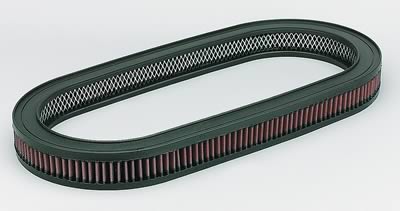D
Deleted member 169154
Guest
I currently have an Antec 1200, and even with the dust filters getting regularly cleaned their is a good amount of dust accumulation in the case (granted not as bad as my old 900 version 1).
I attribute this to how open the case is in general.
Are there any cases where getting dust inside in almost impossible? I was looking at the Cooler Master Cosmos, and it seems like a pretty air tight case other than a few openings. Are there any others?
I attribute this to how open the case is in general.
Are there any cases where getting dust inside in almost impossible? I was looking at the Cooler Master Cosmos, and it seems like a pretty air tight case other than a few openings. Are there any others?
![[H]ard|Forum](/styles/hardforum/xenforo/logo_dark.png)

